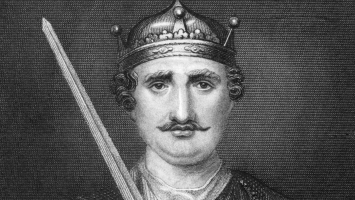Top 10 Interesting Facts about Florence
Italy's Tuscany region is centered in Florence. It is renowned for being the location of numerous Renaissance architectural and artistic marvels. In fact, ... read more...Florence is regarded as the cradle of the Renaissance because it produced many of the first Renaissance writers and painters. Here are some of the most interesting facts about Florence, including its music and fashion connections, as well as its treasure-filled ancient core.
-
One of the interesting facts about Florence is it became the first city in Europe to pave all of its streets in 1339. Obviously, the Roman Empire had a reputation for having excellent roads long before that. In 312 BCE, the Romans began constructing roads throughout Italy. Over the following seven centuries, they constructed more than 50,000 miles of roads throughout Europe. The roadways, which were paved with cement blocks and served as a rapid means of transportation for armies, supplies, and intelligence throughout the empire, were abandoned when the empire started to fall and eventually began to deteriorate.
While road paving gradually lost popularity in Europe, it remained an idea in Italy. Due to gifts from its affluent merchants and banks, Florence was able to pave all of its city streets in 1339 AD.
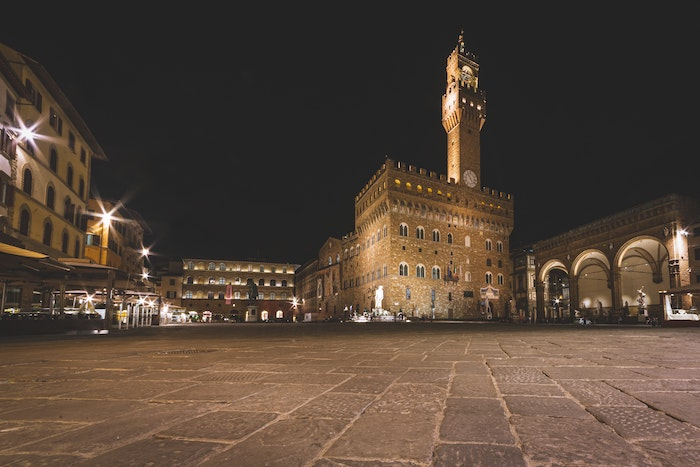
Photo: bigseventravel 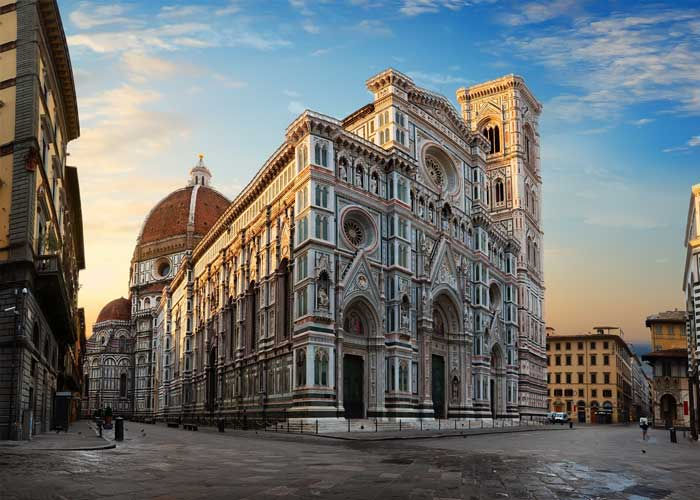
Photo: forum.aceeu.org -
By the last part of the eighteenth century, the pianoforte, more generally known as the piano, became a key instrument of Western art music, used by both professionals and amateurs. No middle-class family of any size lacked one by the end of the nineteenth century in either Europe or North America. The piano repertory, whether performed solo, in chamber ensembles, or with an orchestra, is at the core of the Western classical professional performance. Almost every significant Western composer from Mozart onwards has played it, many of them as virtuosi.
The piano, at the time known as the pianoforte, was created in 1698 by Bartolomeo Cristofori. He did so at Cosimo III de' Medici's Florentine court. The harpsichord gave rise to the pianoforte. Existing Cristofori pianos number three. The Metropolitan Museum of Art in New York is where you may locate the oldest one, which was created in 1720. Another of his pianos from 1722 can be found in Rome's Museo Strumenti Musicali. One of his pianos from 1726 is on display at Leipzig University's Musikinstrumenten-Museum.
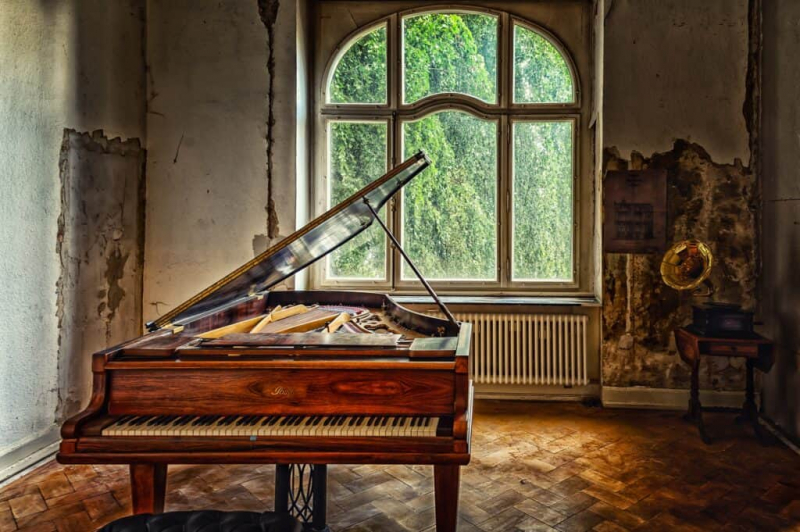
Photo: passportsymphony 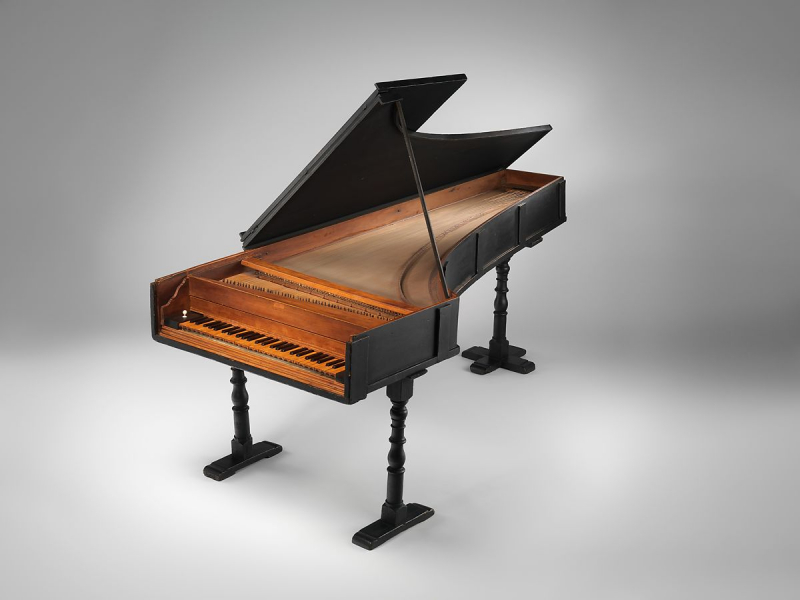
Photo: metmuseum -
The cathedral in Florence, Italy is called Florence Cathedral, or Cattedrale di Santa Maria del Fiore (Italian: Duomo di Firenze). It took over 140 years to construct, starting in 1296 in the Gothic style with a design by Arnolfo di Cambio. Filippo Brunelleschi engineered the dome, which was installed in 1436. The basilica's ornate 19th-century Gothic Revival façade by Emilio De Fabris is framed by panels of polychrome marble in varying colors of green and pink, bordered by white.
The Baptistery and Giotto's Campanile are part of the cathedral's larger Piazza del Duomo complex. These three structures are a top Tuscany tourist destination and are a component of the UNESCO World Heritage Site that encompasses Florence's medieval center. The basilica is one of the biggest churches in Italy, and the dome was the biggest in the world before the invention of new building materials in the modern age. Only St. Peter's Basilica in Rome and St. Paul's in London are larger today, but it is still the biggest masonry dome ever constructed.
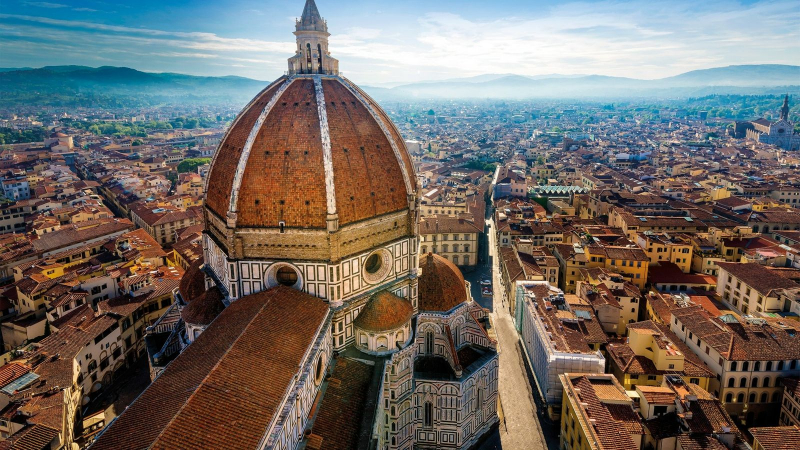
Photo: nationalgeographic 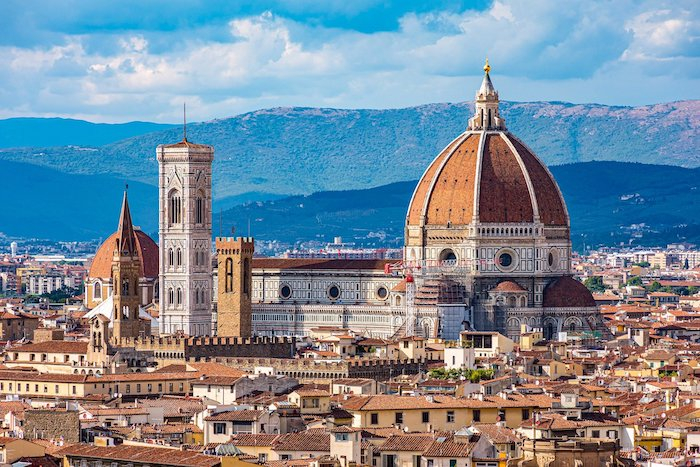
Photo: bigseventravel -
Michelangelo, an Italian sculptor, produced David in Florence, in marble between 1501 and 1504 and it is considered a masterpiece of Renaissance art. David is a marble statue of the Biblical character David that stands 5.17 meters (17 feet 0 inches) tall and is a favorite subject in Florencen art.
David was originally commissioned as one of several prophet statues to be placed along the east end of Florence Cathedral's roofline. However, it was instead placed in a public square, outside the Palazzo Vecchio, Florence's city hall, in the Piazza Della Signoria, and on September 8, 1504, it was dedicated there. In 1873, the statue was relocated to Florence's Galleria dell'Accademia, where a replica eventually took its place.
Due to the characteristics of the figure it represented, the statue quickly came to stand for the Republic of Florence's protection of civil freedoms, an independent city-state that was challenged on all sides by more powerful rival states and the Medici family's rule. David was staring intently at Rome, the home of the Medici family, with a foreboding expression.
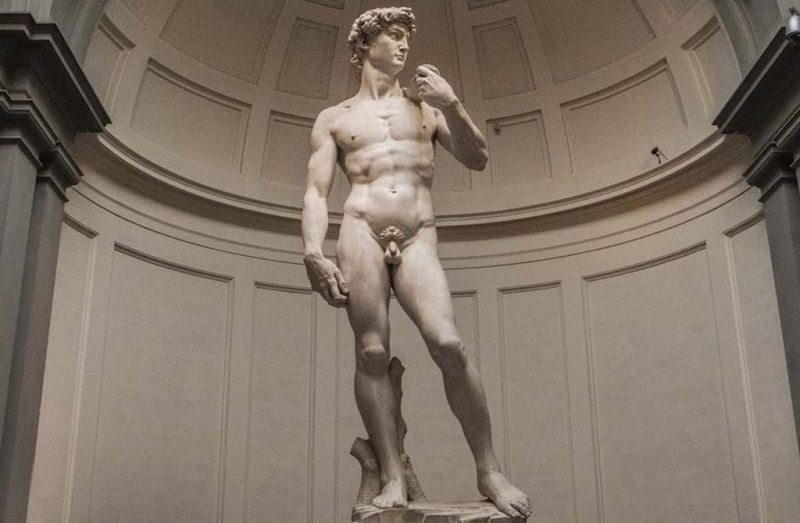
Photo: citywonders 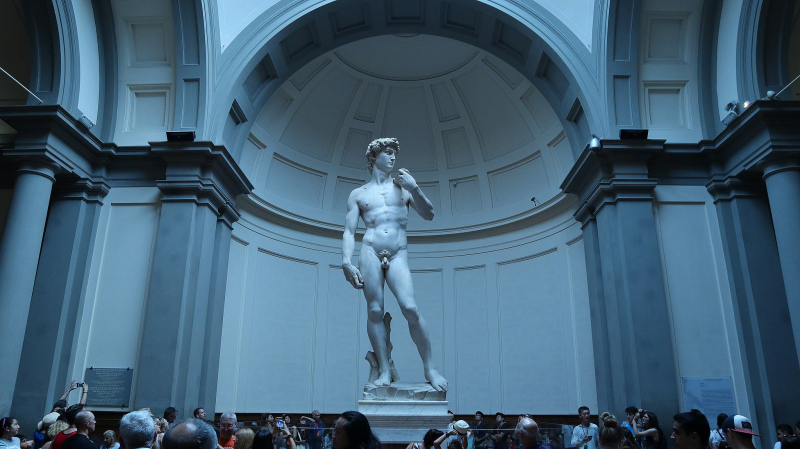
Photo: blogs.timesofisrael -
The Stendhal Syndrome, also known as the Florence syndrome, is the term used to describe the rapid heartbeat and even fainting that can happen when one is in the presence of works of art. In Florence in 1817, French author Stendhal had his first encounter with it.
Though Stendhal syndrome's existence has long been debated by psychologists, some persons may have symptoms that are severe enough to need medical attention. Doctors at Florence's Santa Maria Nuova hospital are accustomed to treating tourists who develop disorientation or vertigo after viewing the David statue, paintings in the Uffizi Gallery, and other historical treasures of the Tuscan city.Despite the fact that there are many accounts of people passing out while admiring Florentine art dating back to the early 19th century, the syndrome wasn't named until 1979. That's when Italian psychiatrist Graziella Magherini wrote about it after noticing more than a hundred similar cases among visitors to Florence. There isn't enough evidence to categorize Stendhal syndrome as a single psychiatric disease, but there is proof that exposure to art activates the same brain regions associated with emotional responses.
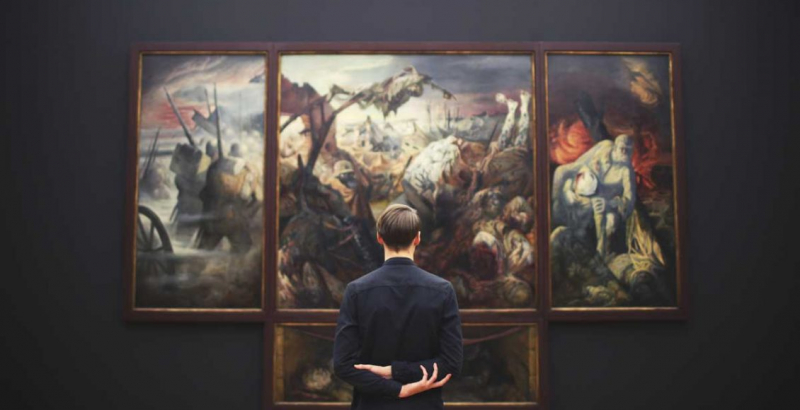
Photo: etnmagazine 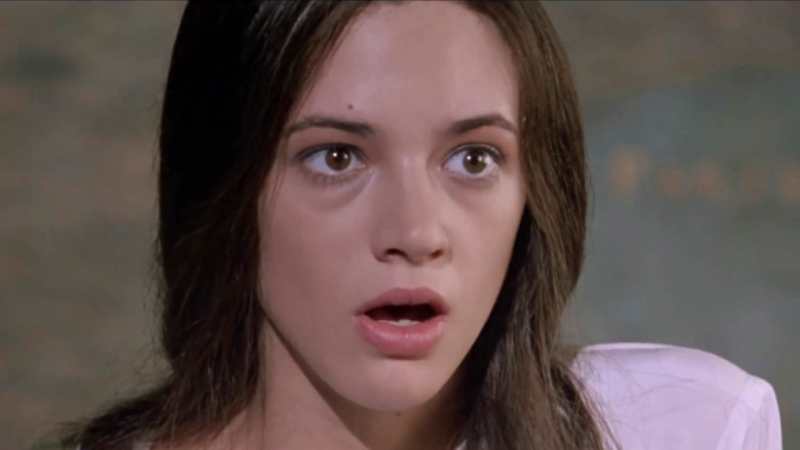
Photo: metacritic -
The protagonist of the well-known children's book The Adventures of Pinocchio by Carlo Lorenzini, also known as Carlo Collodi, is the well-known wooden puppet Pinocchio. One of the interesting facts about Florence is Between the 1800s and 1900s, the journalist and author was born in Florence and resided there. Between 1881 and 1882, he created Pinocchio as a serial novel for a well-known children's magazine in Italy. The first edition of the narrative was published in 1883 as a result of the incredible success it immediately enjoyed.
The Pinocchio adventures take place in an unnamed town in the Tuscan countryside. A statue of Pinocchio created by modern artist Thomas Cecchi can be found today in piazza del Mercato Centrale (San Lorenzo Market). It may be reached via Taddea a little distance from Collodi's birthplace! Visit the Pinocchio Store if you're a true Pinocchio fan. Books in numerous languages, plush toys, puppets, plush, t-shirts, bags, and bags made of wood. More details on the store's website.
Currently, Pinocchio has been published all over the world in more than 240 different languages. Following the Bible, it is the book that has been translated the most into other languages.
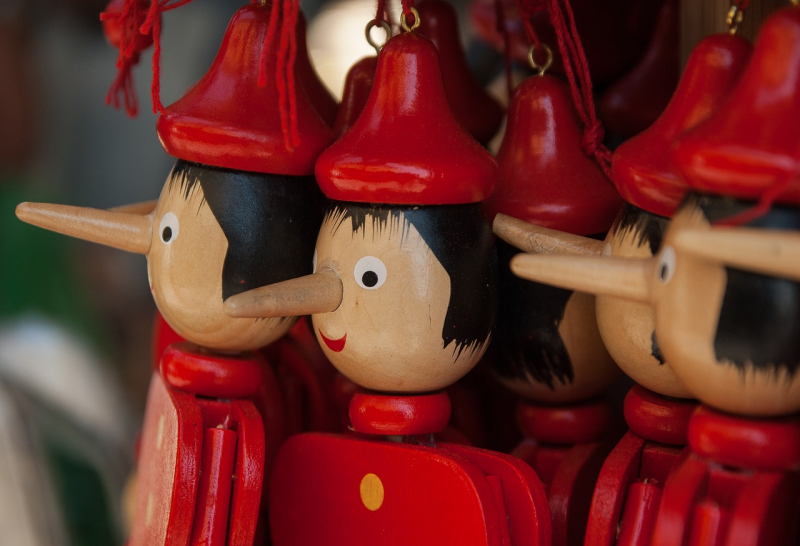
Photo: theflorenceinsider 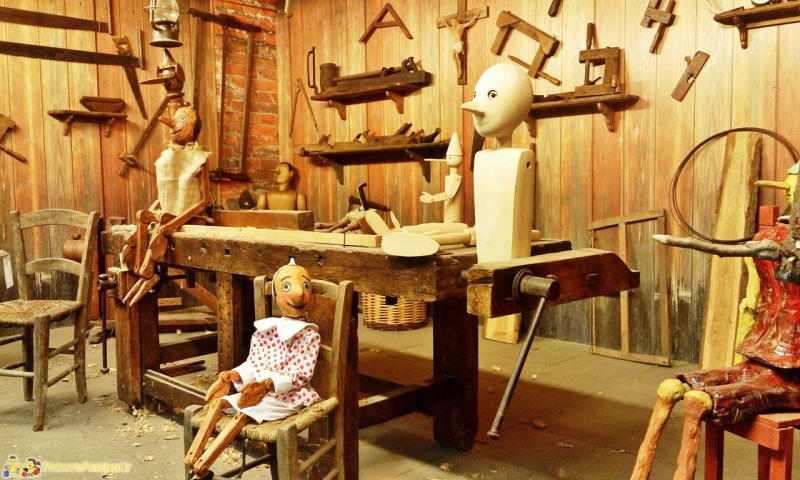
Photo: italian-traditions -
Almost everyone who visits Florence recalls their first sample of Italian bread. After tours of Florence, they were probably waiting impatiently in a trattoria for their first real Tuscan lunch. They were accustomed to nibbling on a small piece of bread before their dinner, like many other individuals. They took a piece of bread from the small basket on their table and munched on it, with an unforeseen outcome. There is no salt in this bread. Every tourist to Florence learns that Tuscan bread is genuinely cooked without salt, which is one of the interesting facts about Florence.
Why would Tuscans leave out something so crucial? After all, just four fundamental ingredients are required to make bread, and we all know how well-known and enviable Italian cuisine is over the globe. In actuality, Tuscan bread is purposefully baked without salt and has so for centuries. As with many long-standing customs, there is significant disagreement regarding its genesis. Some claim that the lack of salt in Florentine bread is a result of the high tax that bakers in Florence paid on salt during the Middle Ages. This seems reasonable given the strong-willed Florentine character. Others, however, contend that bread without salt is necessary to fully appreciate the tastes of Florentine cuisine.
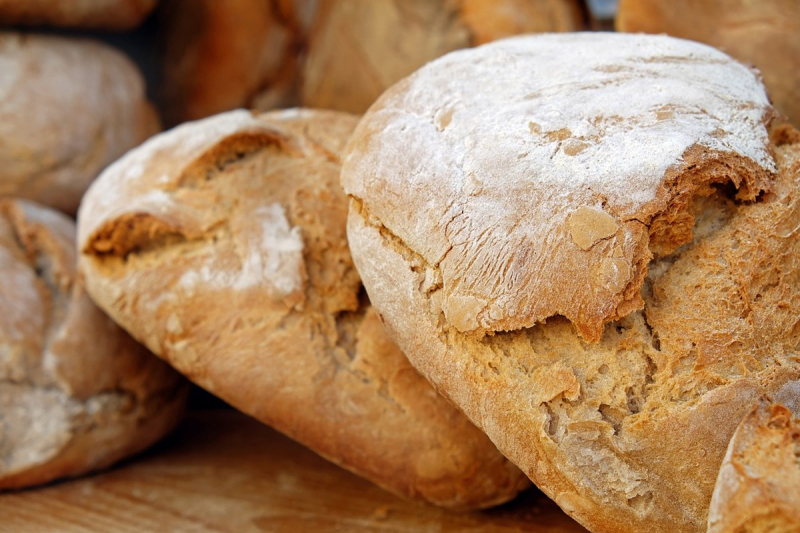
Photo: itstuscany 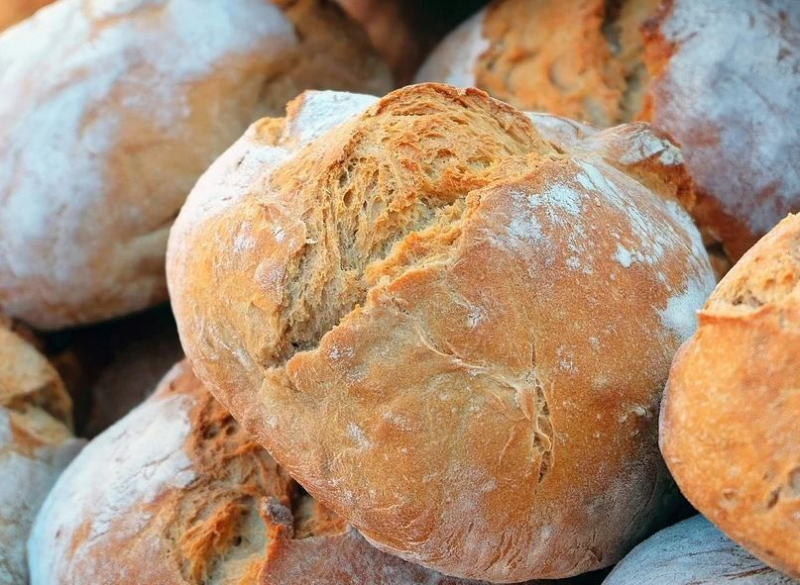
Photo: villacampestri -
Gucci is a high-end, luxurious fashion house with its headquarters in Florence. Handbags, ready-to-wear, footwear, accessories, cosmetics, colognes, and home décor are among its product categories.
Guccio Gucci established Gucci in Florence, Tuscany, in 1921. Under the leadership of Aldo Gucci (Guccio's son), Gucci rose to become a household name and a symbol of the Italian Dolce Vita. Family disputes in the 1980s led to the complete expulsion of the Gucci family from the company's capital by 1993. After this setback, the company was resurrected using obscene "Porno Chic" accessories. The French company Pinault Printemps Redoute, which later changed its name to Kering, bought Gucci in 1999. Gucci rose to fame as a legendary "geek-chic" brand in the 2010s.
Gucci employed 17,157 people across 487 outlets in 2019, up from 8,2 billion euros the previous year. Since December 2014, Marco Bizzarri has served as Gucci's CEO, and Alessandro Michele has served as creative director. Gucci is a division of French luxury conglomerate Kering.
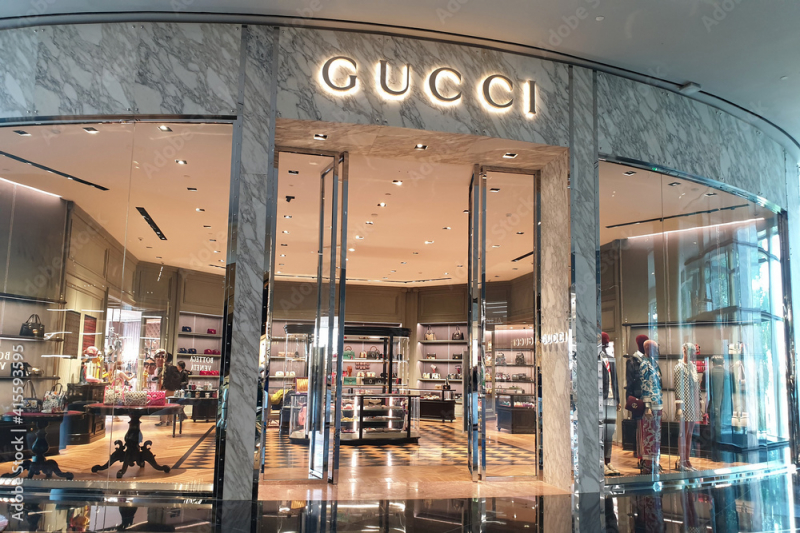
Photo: stock.adobe 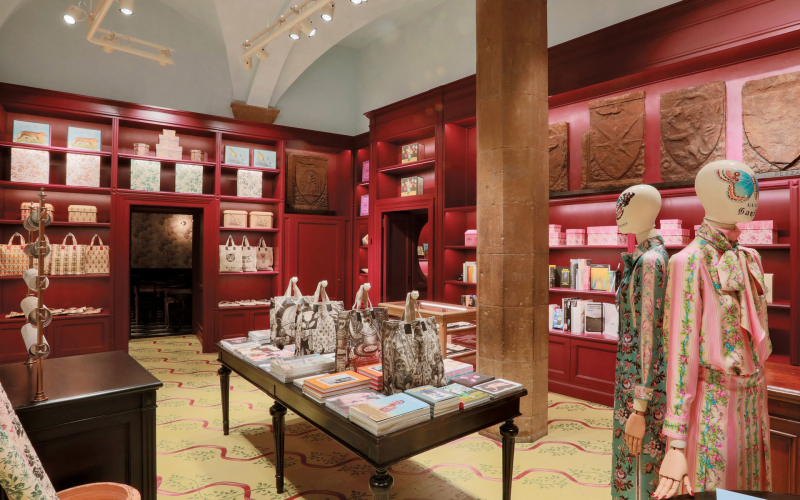
Photo: galeriemagazine -
One of Florence's largest cathedrals, the Basilica di San Lorenzo (Basilica of St. Lawrence) is located in the heart of the city's major market district and serves as the final resting place for all the important Medici family members from Cosimo il Vecchio to Cosimo III. It was dedicated in 393 while it was still outside the city walls, making it one of numerous churches that make the claim to be the oldest in Florence. Before the bishop's official seat was moved to Santa Reparata, it served as the city's cathedral for three centuries.
The Medici family's parish church was called San Lorenzo. Giovanni di Bicci de' Medici offered to fund a new church in 1419 to replace the existing Romanesque reconstruction from the 11th century. It was commissioned to be designed by Filippo Brunelleschi, the most prominent Renaissance architect of the first half of the 15th century, but the structure wasn't finished until after his passing. The cathedral is a part of a larger monastic complex that also includes the Laurentian Library by Michelangelo, the New Sacristy based on Michelangelo's ideas, the Medici Chapels by Matteo Nigetti, and the Old Sacristy by Brunelleschi, with interior decorating and sculpture by Donatello.
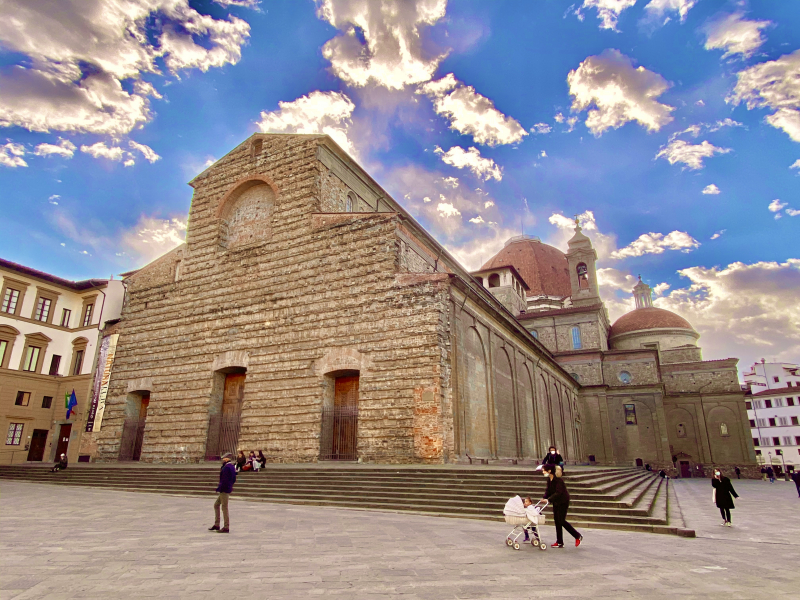
Photo: commons.wikimedia 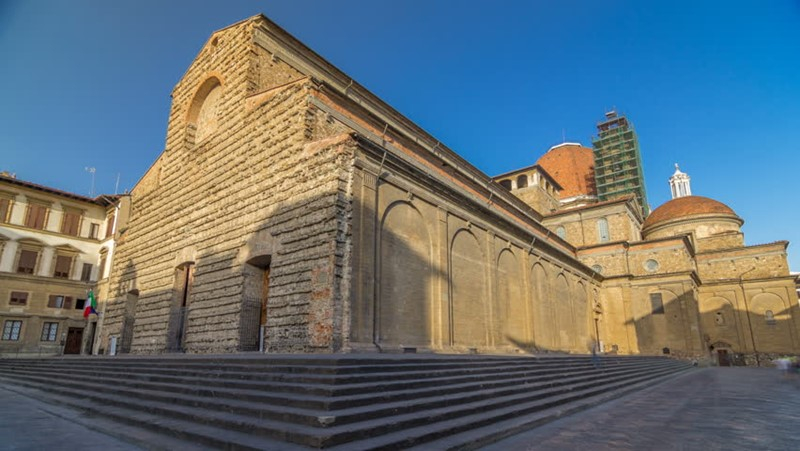
Photo: addflag -
The word "America" is originated from Amerigo Vespucci, an Italian merchant, explorer, and navigator from the Republic of Florence.
Vespucci took part in at least two expeditions during the Age of Discovery between 1497 and 1504, first for Portugal (1501–1502) and subsequently for Spain (1499–1500). Two pamphlets bearing his name and offering vivid accounts of his excursions and other purported journeys were printed in 1503 and 1505. Both books were extremely well-read and well-known over most of Europe. Although scholars continue to debate the authenticity and authorship of these stories, at the time they played a significant role in popularizing the new findings and promoting Vespucci's standing as an explorer and navigator.
During his Portuguese journey in 1501, Vespucci claimed to have recognized that Brazil was a part of the "New World," a continent that was unknown to Europeans. The assertion prompted cartographer Martin Waldseemüller to honor Vespucci's achievements in 1507 by using the Latinized term "America" on a map of the New World for the first time. By 1532, the newly found continents had the name America permanently attached thanks to the actions of other cartographers.
By royal edict, he became a citizen of Castile in 1505, and in 1508, he was appointed piloto mayor (master navigator) for Spain's Casa de Contratación (House of Trade) in Seville, a position he held until his death in 1512.
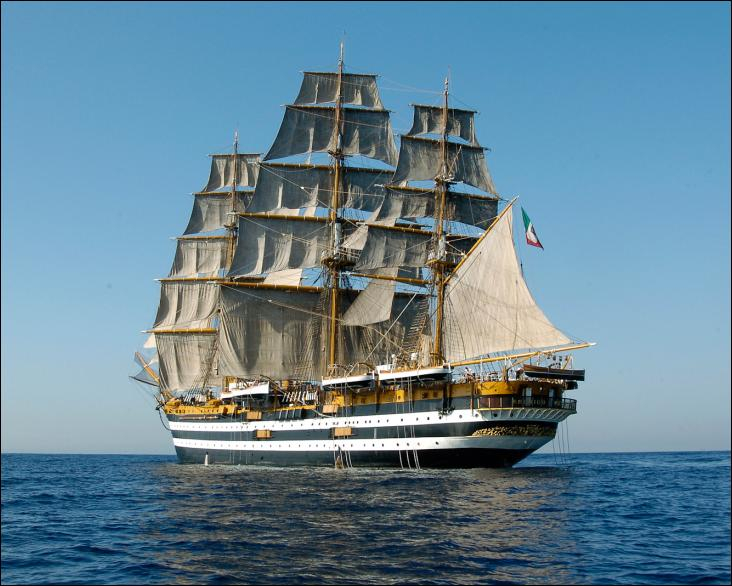
Photo: vieuxgreement 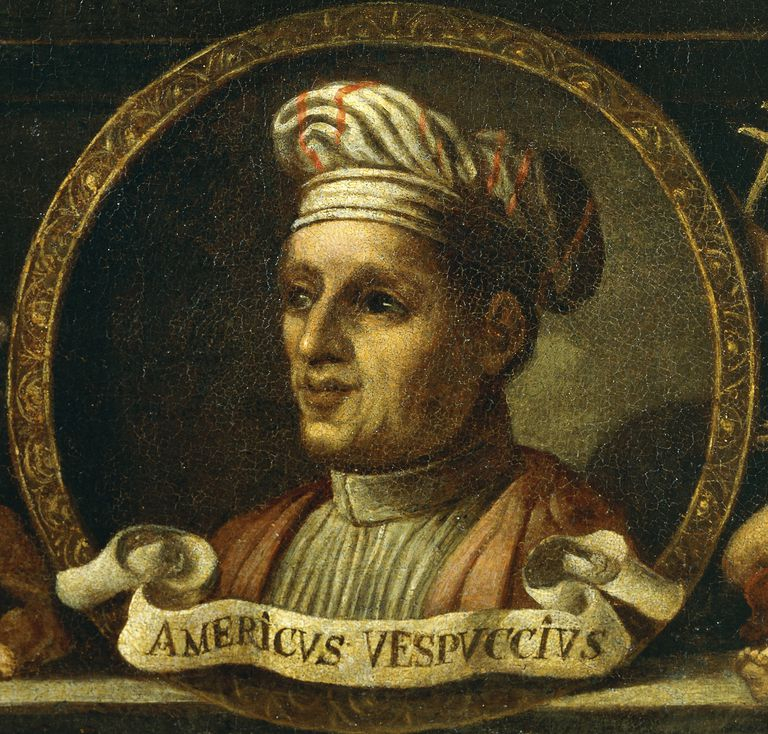
Photo: greelane
















